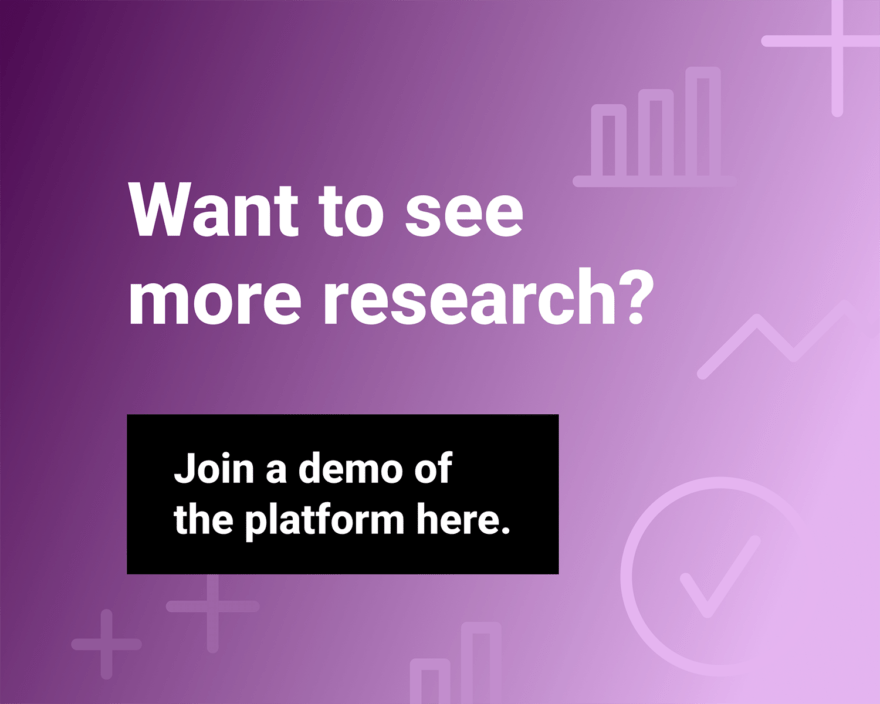From molecule design to biomedical NLP, we break down 4 ways pharmaceutical companies can leverage generative AI — and the companies leading the way.
Generative AI — AI technologies that generate entirely new content, from images to datasets to text — could have a profound impact on drug R&D.
Studies have shown that new drug discovery and development can cost between $1B and $2B on average. However, an APSB study showed that this costly process only results in a marketable drug about 10% of the time when using traditional methods. In the clinical trial space, failed trials cost the industry more than $45B per year.
As a result, technology that can improve the efficiency and efficacy of pharmaceutical research can yield massive savings. Generative AI, for example, can be used to enhance various components of the trial process, in some cases allowing potential issue areas to be identified before arising in a live trial.
Pharmaceutical companies are already using generative AI tech to identify new molecules, protein structures, and drugs. They’re also using the tech to build datasets for clinical trials and to review the enormous body of existing biomedical research. Leading pharmaceutical companies like Janssen, Sanofi, AstraZeneca, and Bayer have all partnered with biotech AI companies, while others have started to build in-house AI solutions.
Here are 4 areas where generative AI is transforming drug R&D:
- Protein & drug design
- Synthetic data
- Digital twins
- Biomedical natural language processing (NLP)
Take a deep dive into each area — and learn more about the tech companies operating in each area — below.
Want to see more research? Join a demo of the CB Insights platform.
If you’re already a customer, log in here.

